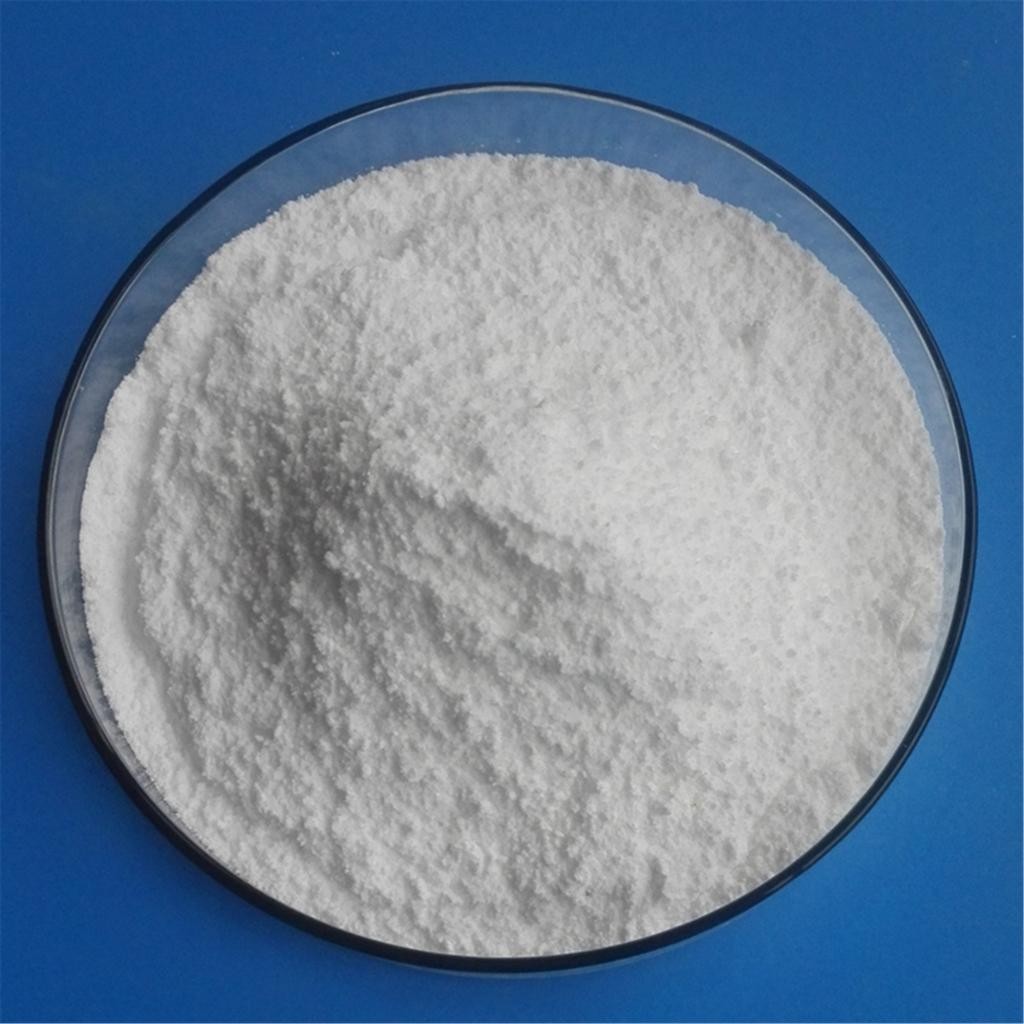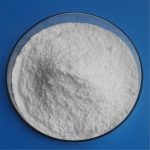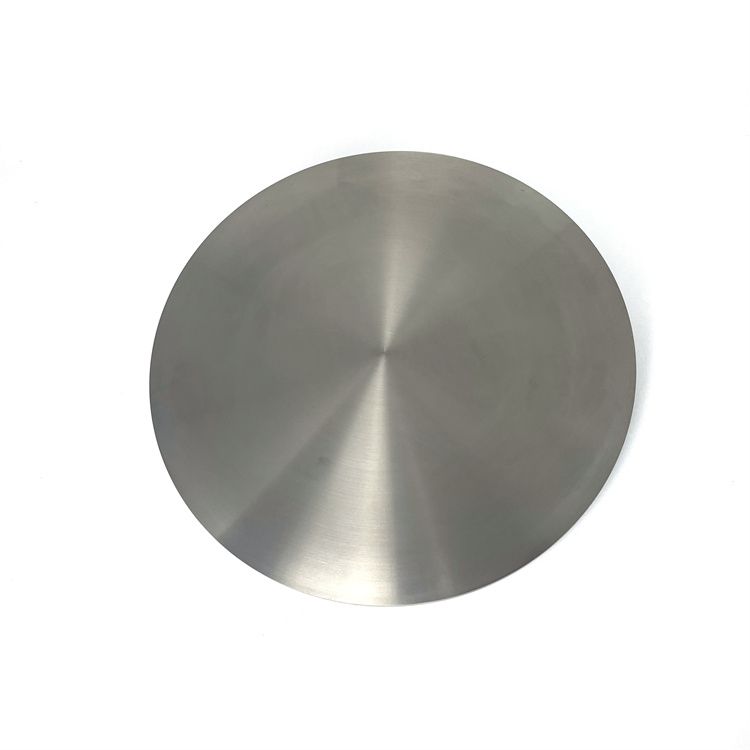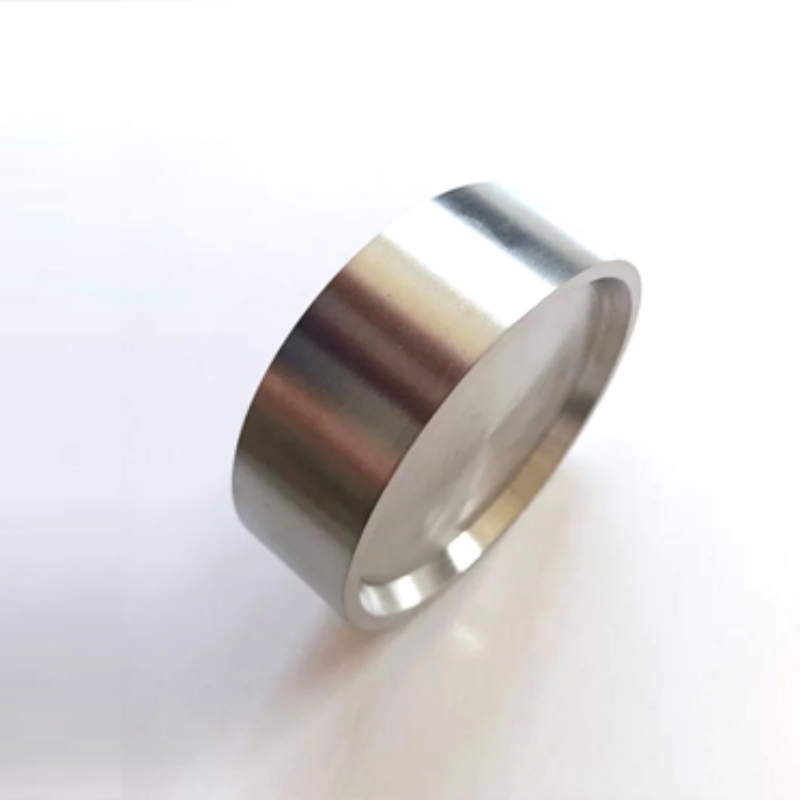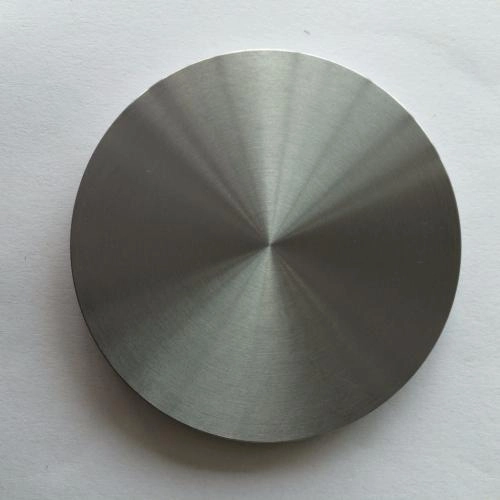Yttria-stabilized zirconia (ZrO₂.Y₂O₃) is a high-purity ceramic material known for its outstanding mechanical strength, thermal stability, and ionic conductivity. It is widely used in structural ceramics, fuel cells, biomedical implants, and thermal barrier coatings. Due to its superior resistance to wear and corrosion, yttria-stabilized zirconia plays a crucial role in precision engineering, aerospace technology, and advanced material applications.
Product Overview
Yttria-stabilized zirconia (ZrO₂.Y₂O₃) is a composite material formed by adding yttrium oxide (Y₂O₃) to stabilize zirconium oxide (ZrO₂). This high-performance material exhibits excellent thermal stability, mechanical strength, and is widely used in refractory, ceramic, and metal alloy applications. It offers superior high-temperature stability and good electrical conductivity, making it ideal for high-end manufacturing and specialty material production.
Product Features
- Excellent Thermal Stability:Maintains stable physical properties even in high-temperature environments.
- Strong Refractoriness:Demonstrates excellent fire resistance, suitable for high-temperature operational environments.
- Enhanced Mechanical Strength:High strength and wear resistance, making it ideal for harsh industrial conditions.
- Good Electrical Conductivity:The addition of yttrium enhances the electrical conductivity of zirconia under certain conditions.
Applications
- Refractory Materials:Used to produce high-temperature refractory materials, particularly as a filler for insulation layers in induction furnaces.
- Titanium Alloy Casting:Acts as a casting coating material for titanium alloys, improving the stability and quality of the casting process.
- Plasma Spraying:Applied in processes such as Al₂O₃ plate surface spraying and plasma spraying to provide additional protection and wear resistance.
- Oxygen Permeable Membrane Ceramic Rings:Used in the manufacture of oxygen-permeable membrane ceramic rings, providing superior performance and durability.
| NO. | ITEM | UNIT | SPECIFICATION | METHOD | RESULT | REMARKS |
| 1 | Main contents | XRF,ARL PERFORM’X | ||||
| (1) ZrO2+HFO2 | % | Balance | 4200,ThermoFisher | 86.01 | ||
| (2) Y2O3 | % | 13-14 | 13.92 | |||
| 2 | Impurities | ICP,Optima 2000DC, | ||||
| (1) Fe2O3 | PPM | Max.100 | Perkin Elmer | 20 | ||
| (2) SiO2 | PPM | Max.100 | 53 | |||
| (3) TiO2 | PPM | Max.100 | 59 | |||
| (4) Al2O3 | PPM | Max.100 | 16 | |||
| 3 | Loss on ignition | % | Max. 2 | Gravimetry,1100℃ | 0.59 | |
| 4 | Particle size distribution | Laser PSA,Mastersize | ||||
| (1) D10 | um | 2000,Malvern | 19.363 | |||
| (2) D50 | um | 30.078 | ||||
| (3) D90 | um | 46.505 | ||||
| 5 | Specific surface area | M2/g | 12~16 | BET,Monosorb, | 12.66 | |
| Quantachrome | ||||||
| Conclusion PASS | ||||||
 new material
new material

